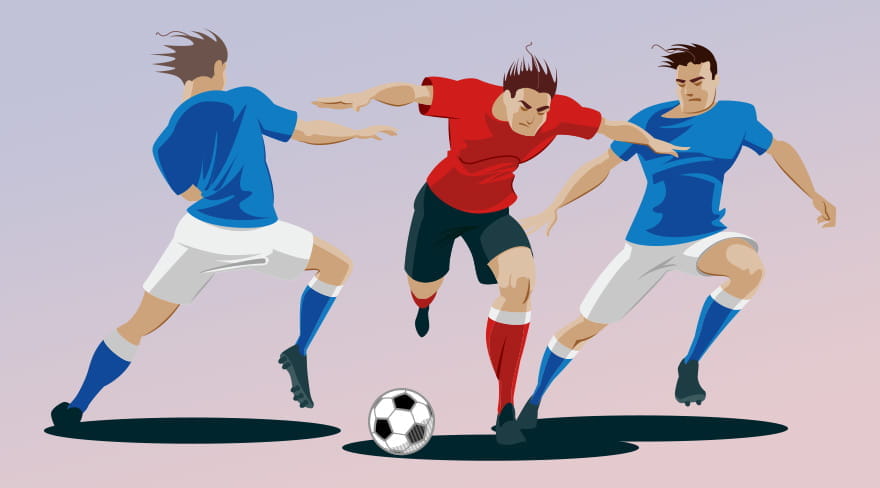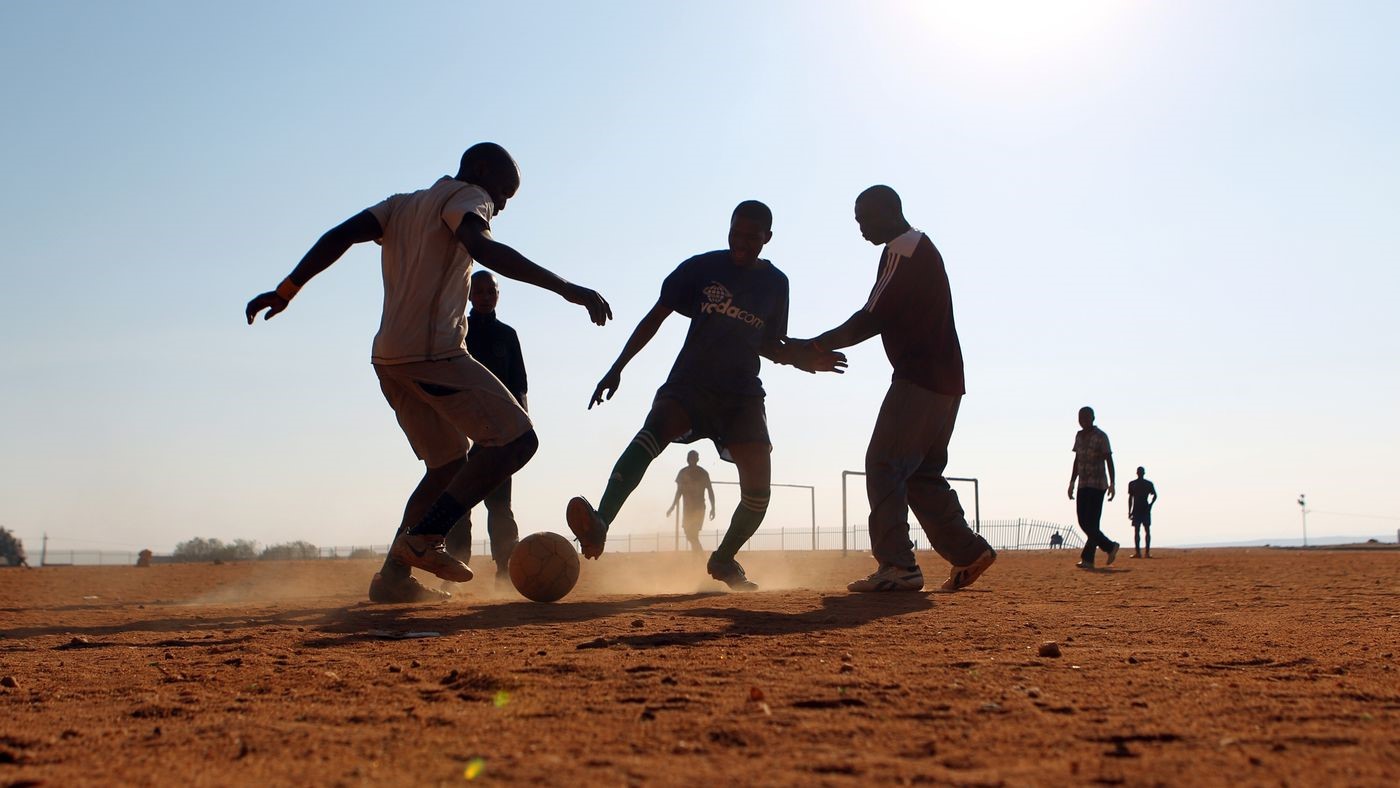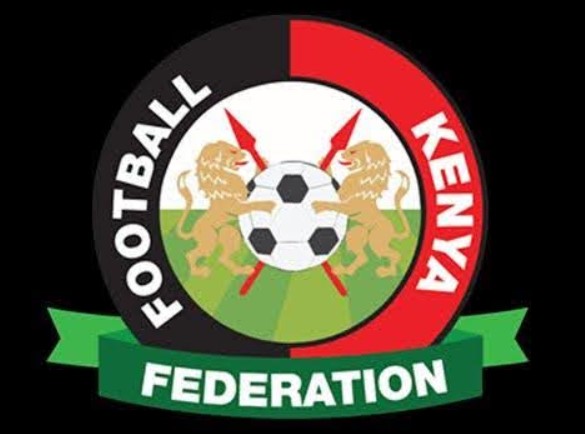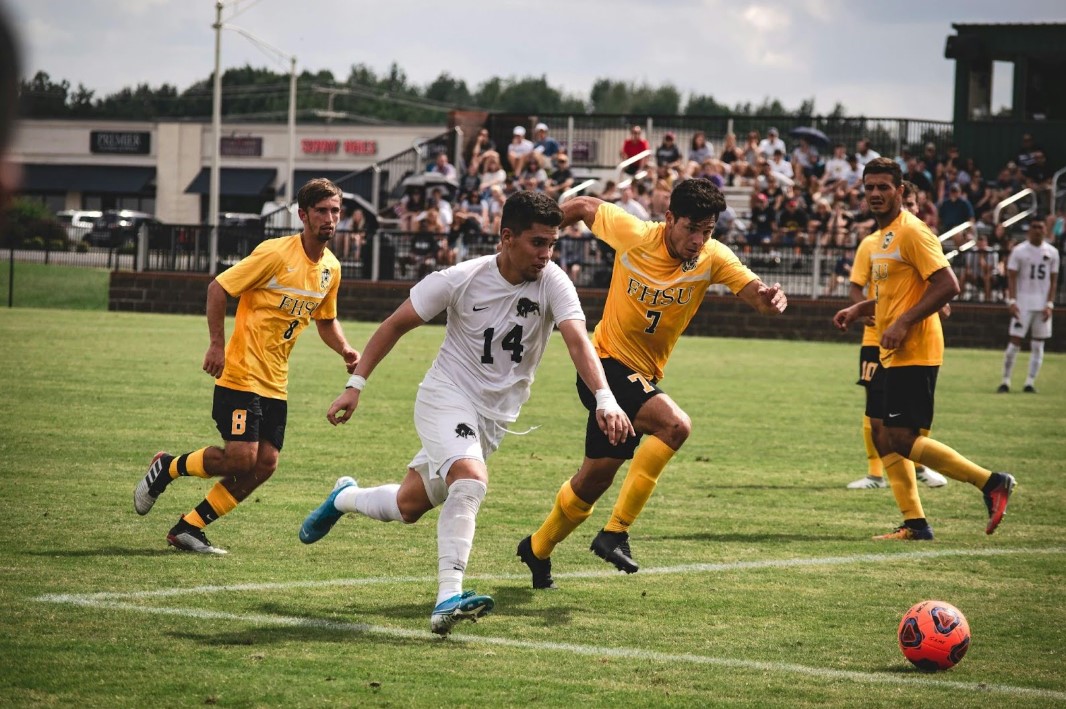Can E-Sports and Traditional Football Coexist in Campus Culture?
College life has never been static. What defines c
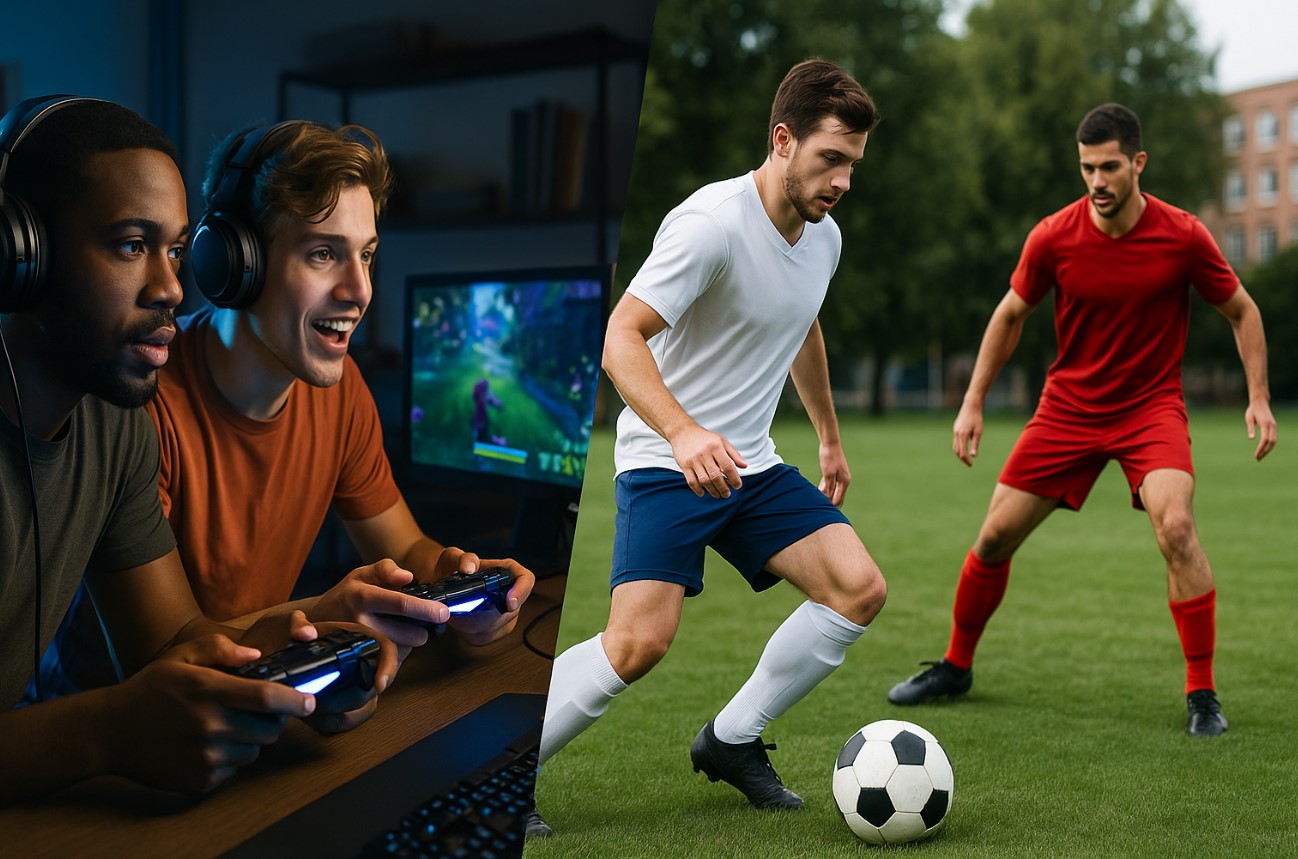
College life has never been static. What defines campus culture today may be gone tomorrow. But some things stick around. Like football. And now, increasingly, e-sports. These two worlds seem lightyears apart, yet on campuses across the globe, they’re learning to share the spotlight. And no, this isn’t a battle for dominance. It’s more of a test: can both exist, thrive, and even complement each other within the same student environment?
Traditional sports still carry weight. They bring in crowds, alumni support, and often dictate the social pulse of college weekends. But gaming’s not playing catch-up anymore. Varsity e-sports programs are popping up fast. Competitive gaming arenas are being built right next to old-school stadiums. Even apps that once catered only to sports betting are adding game-centric features – check out how fans now download Paripesa App to follow both football and e-sports in one place.
Different Tribes, Same Campus
It’s easy to stereotype. The football crew wears jerseys, hits the gym, and rallies at pep rallies. The gamers? Hoodies, headsets, and caffeine-fueled nights. But that old picture doesn’t reflect reality anymore.
Plenty of students bounce between both worlds. You’ll find a running back who grinds in Valorant on weekends. Or a Dota 2 captain who never misses the college bowl game. The divide isn’t as deep as it looks. It’s not about one replacing the other. It’s about adding more layers to campus life.
Each community brings something different to the table. Football builds physical discipline, camaraderie, and tradition. E-sports offer mental agility, reaction time, and a different kind of teamwork. Both require hours of commitment, coaching, and a strategic mindset. The campus becomes richer when students can choose how they want to compete and belong.
Budget, Space, and the Power Struggle
Colleges run on budgets. And here’s where tension sometimes creeps in. Stadiums don’t maintain themselves, but neither do high-end gaming labs. Schools have to make choices: more funding for the football team, or invest in a new e-sports lounge?
Some institutions get creative. Instead of pitting one against the other, they blend them:
- Cross-promotional events, where football players challenge gamers on consoles.
- Shared athletic scholarships that allow crossover athletes to pursue both.
- Integrated fan zones where you can catch live matches from both fields – real or virtual.
When e-sports and football programs work together, both gain. The athletic department attracts tech-savvy audiences. The gaming squad taps into the energy of traditional sports fandom. Rivalries evolve, but so does mutual respect.
What Brings Students Together
Let’s talk energy. That electric, chaotic rush before a big match. Whether it’s under stadium lights or glowing LED rigs, students love the vibe. And both scenes know how to deliver.
Here’s how they manage to fire up the same kind of buzz:
Game Day Culture:
- Tailgates and chants aren’t just for football anymore.
- E-sports tournaments now come with hype squads, commentary, and merch booths.
- Student sections scream just as loud in a League final as they do during kickoff.
Streaming and Social Media:
- Athletes and gamers both use platforms like Twitch, YouTube, and Instagram.
- Live coverage, behind-the-scenes footage, and clips from both sports go viral.
- Fans engage with their favorites in real-time, no matter the game.
Clubs and Watch Parties:
- Dorm lounges host both Madden nights and Sunday football viewings.
- Campus bars show Premier League and Overwatch League side-by-side.
- Fan clubs often have overlapping members and shared events.
This crossover matters. It proves the two communities aren’t just coexisting. They’re influencing each other, building a hybrid fan culture that feels more inclusive and current.
Skills, Careers, and Real-World Payoffs
A surprising twist? E-sports and football both prep students for life after college. Not just in pro leagues – though that’s an option for a lucky few. But in real careers where their skills matter.
Let’s break it down:
From the field or screen to the office:
- Leadership, quick decision-making, and discipline are marketable.
- Project management mirrors team coordination in both sports.
- Communication and stress handling? Core to both playbooks.
Tech and Media Careers:
- Many e-sports students pivot to jobs in game development, streaming, or analytics.
- Football players often land in coaching, sports marketing, or fitness.
Entrepreneurial Edge:
- Some launch their own teams, media brands, or training apps.
- Campus exposure helps test and grow those ideas early.
There’s no single way to "win" after graduation. But both sports give students tools they can actually use. They teach how to perform under pressure, work in sync, and think ahead. That’s gold in any field.
No Need to Choose Sides
In the end, it’s not really a turf war. The presence of one doesn’t kill the other. Traditional football and e-sports can breathe the same air and still thrive.
One's loud, physical, and soaked in history. The other’s digital, evolving, and lightning-fast. Together, they reflect what modern campuses are about: diversity, passion, and community. Students want options. And campus culture is at its best when it offers all kinds of arenas to play, grow, and belong.


